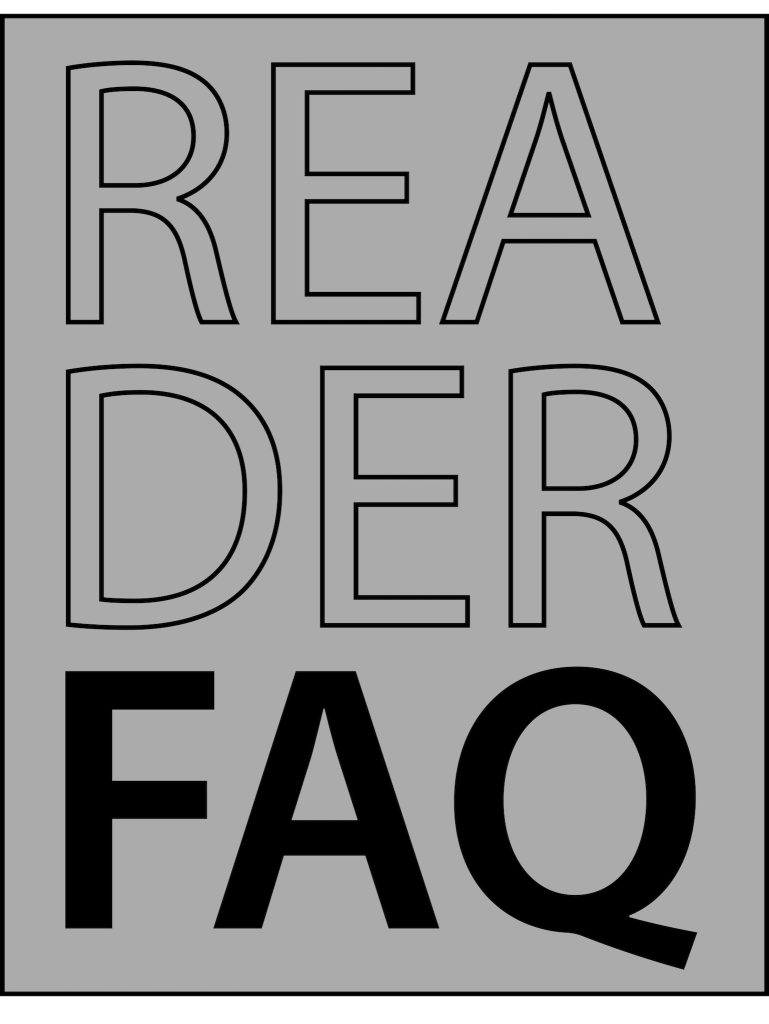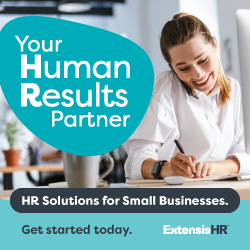As a leader in the window and door replacement and upgrade industry, you are constantly seeking ways to improve efficiency, reduce risks, and maintain a competitive edge. In today’s complex business landscape, one solution stands out as a game-changer: Professional Employer Organizations (PEOs) and PEO strategies. Let’s explore how partnering with a PEO can transform your operations, protect your workforce, and drive growth in ways you might not have considered before.
The PEO Strategies Advantage: More Than Just Outsourcing
Imagine having a dedicated team of HR experts, risk management specialists, and compliance professionals working tirelessly to support your business — without the overhead of hiring them full-time. That’s the power of a PEO partnership. But it’s more than just outsourcing, it’s a strategic alliance that can revolutionize how you manage your workforce and navigate the complexities of running a window and door replacement company.

Workers’ Compensation: A Clear View on Savings
In our industry, workers’ compensation is a significant expense and a constant concern. PEOs offer a unique advantage here, often providing access to more competitive rates than you could secure on your own. Here’s why:
- Group Buying Power: PEOs aggregate employees from multiple companies, creating a larger risk pool. This collective bargaining power often results in lower premiums for all member companies.
- Industry-Specific Expertise: Many PEOs specialize in high-risk industries like construction and home improvement. They understand the nuances of the work and can negotiate rates that accurately reflect the true risk profile of window and door installation.
- Proactive Risk Management: PEOs implement comprehensive safety programs tailored to the window and door industry. From proper ladder usage to handling heavy glass panes, these programs can significantly reduce workplace accidents and, consequently, your premiums.
Example: Consider a mid-sized window replacement company struggling with high workers’ comp rates due to a few recent claims. By partnering with a PEO, they gained access to rates typically reserved for much larger corporations. The result? A 20% reduction in premiums in the first year alone, saving tens of thousands of dollars that could be reinvested in growth initiatives.
Proper Classification: Framing Your Workforce Correctly
Misclassification of workers is a common and costly mistake in our industry. It’s easy to blur the lines between installers, fabricators, and office staff. PEOs bring clarity to this often-murky area:
- Expert Classification: PEOs employ specialists who understand the nuances of job classifications in the window and door industry. They ensure each employee is properly categorized, reducing the risk of costly audits and penalties.
- Regular Audits: As your business evolves, so do job roles. PEOs conduct regular classification reviews to ensure ongoing compliance, adapting as your workforce changes.
- Multi-State Compliance: For companies operating across state lines, PEOs navigate the complex web of varying classification standards, ensuring compliance everywhere you do business.
Real-World Impact: A window manufacturer expanding into installation services inadvertently misclassified their new installers, using the same code as their factory workers. A PEO partnership caught this error before it became a major issue, potentially saving the company from significant fines and back-payments.
Scaling New Heights: Underwriting for Multi-Story Projects
As window and door professionals, we often find ourselves working at significant heights, particularly on multi-story structures. This vertical challenge comes with increased risks and underwriting complexities. PEOs offer a ladder to success in this area:
- Specialized Underwriting: PEOs with construction industry expertise understand the unique risks associated with high-rise window installations. They can secure coverage that accurately reflects these risks without overcharging.
- Safety Program Development: PEOs can help develop and implement comprehensive safety protocols specific to multi-story work, including fall protection systems, equipment inspections, and employee training programs.
- Compliance Assurance: Staying up to date with OSHA regulations for work at heights can be daunting. PEOs keep you informed and compliant, reducing the risk of violations and fines.
Case Study: A residential window replacement company wanted to expand into the commercial high-rise market but faced prohibitive insurance costs. By partnering with a PEO experienced in multi-story projects, they secured appropriate coverage at manageable rates, enabling their expansion and opening up a lucrative new market segment.
401(k) Benefits: Installing a Future-Proof Retention Strategy
In a competitive labor market, offering attractive benefits is crucial for employee retention. However, managing a 401(k) plan can be complex and costly for smaller companies. PEOs level the playing field:
- Access to Enterprise-Level Plans: PEOs can offer 401(k) plans typically available only to large corporations, complete with lower fees and a wider range of investment options.
- Reduced Administrative Burden: The PEO handles plan administration, including compliance testing, form filing, and participant education, freeing you to focus on your core business.
- Fiduciary Responsibility: Many PEOs assume fiduciary responsibility for the 401(k) plan, reducing your legal exposure and ensuring expert management of the plan.
Success Story: A family-owned door installation business struggled with high turnover rates. After implementing a competitive 401(k) plan through a PEO, they saw a 30% reduction in employee turnover within the first year, significantly reducing training costs and improving productivity.
The Bigger Picture of PEO Strategies: Beyond the Basics
While workers’ comp, classification, multi-story underwriting, and 401(k) benefits are significant advantages, partnering with a PEO offers even more:
- Scalability: As your business grows or faces seasonal fluctuations, a PEO can quickly adapt to your changing needs. Whether you are adding a new installation team or scaling back during slow periods, the PEO structure flexes with you.
- Compliance Management: From OSHA regulations to local labor laws, PEOs keep you compliant across all jurisdictions where you operate. This is particularly valuable for companies expanding into new geographic markets.
- HR Technology: Many PEOs offer state-of-the-art HR platforms, providing your employees with self-service options for benefits, time tracking, and more. This technology can significantly improve efficiency and employee satisfaction.
- Talent Acquisition: In a tight labor market, PEOs can help you attract top talent with competitive benefits packages and streamlined hiring processes.
- Training and Development: PEOs often provide access to training resources, helping you improve your workforce and stay ahead of industry trends.
Making the Transition: A Clear Path Forward
Transitioning to a PEO partnership might seem daunting, but the process is often smoother than you might expect:
- Assessment: The PEO will conduct a thorough analysis of your current operations, identifying areas for improvement and potential cost savings.
- Customization: Unlike one-size-fits-all solutions, PEOs tailor their services to your specific needs in the window and door industry.
- Implementation: A phased approach ensures minimal disruption to your operations as you transition to the PEO model.
- Ongoing Support: Your PEO becomes an extension of your team, providing continuous support and adapting to your evolving needs.
The Bottom Line: PEO Strategies Offer a Clear View of Success
In the window and door replacement industry, success often hinges on our ability to see clearly — not just through the products installed, but in how the business operates. Partnering with a PEO provides clarity, offering a panoramic view of workforce management that can transform your operations.
By leveraging the expertise of a PEO, you are not just outsourcing HR tasks, you’re gaining a strategic partner invested in your success. From reducing workers’ compensation costs and ensuring proper employee classification to navigating the complexities of multi-story projects and offering competitive benefits, a PEO partnership can be the key to unlocking new levels of growth and efficiency.
The advantages are clear: reduced risk, improved compliance, enhanced employee benefits, and the freedom to focus on what you do best — delivering top-quality window and door solutions to your customers. In an industry where precision and quality are paramount, shouldn’t you apply the same standards to your workforce management?
As you consider the future of your business, ask yourself: Can you afford not to explore the PEO advantage? The view from here suggests that partnering with a PEO might just be the clearest path to a brighter, more profitable future in the window and door industry.
Take the next step. Investigate how a PEO partnership could transform your business. The future of your company — and the view from your office window — might never look brighter.

- How to Choose the Right PEO for Your Window and Door Business? Here are key factors to consider: 1. Industry Experience: Look for a PEO with specific experience in the construction or home improvement sectors. A PEO familiar with the nuances of the window and door industry will better understand your needs, risks, and regulatory requirements. 2. Range of Services: Ensure the PEO offers a comprehensive suite of services, including workers’ compensation management, HR compliance, benefits administration, safety training, and payroll processing. Some PEOs also provide specialized services like multi-state compliance and workforce development, which can be particularly valuable. 3. Reputation and References: Investigate the PEO’s reputation in the industry. Ask for references from other window and door companies or similar businesses that have worked with the PEO. Client testimonials and case studies can provide insight into the PEO’s effectiveness and reliability. 4. Technology and Support: Consider the PEO’s technology platform for HR management. A user-friendly, integrated system can streamline processes like time tracking, benefits management, and payroll. Additionally, assess the level of support provided by the PEO — whether they offer dedicated account managers, responsive customer service, and ongoing assistance. 5. Cost and Contract Terms: Compare pricing structures and ensure you understand the fees involved. Some PEOs may offer lower rates but with fewer services, so it’s important to evaluate the overall value. Review contract terms carefully, paying attention to the duration, exit clauses, and any potential penalties for early termination. Choosing the Right PEO Partner for Your Business
- What are potential challenges of PEO Partnerships? There are potential challenges to be aware of: 1. Loss of Control: Some business owners feel that working with a PEO might result in a loss of control over HR functions. Since the PEO takes on significant responsibility, you may have less direct involvement in day-to-day HR decisions. 2. Integration Issues: Integrating a PEO into your existing systems and processes can be complex, especially if your company has established workflows. Misalignment between your company’s practices and the PEO’s systems can lead to inefficiencies or conflicts. 3. Cost Concerns: While PEOs often reduce costs through economies of scale, the upfront fees can be significant. Smaller companies might find the cost challenging, especially if they don’t fully utilize all the services offered by the PEO. 4. Cultural Fit: The PEO’s approach to HR and compliance may not always align with your company’s culture or values. It’s important to ensure that the PEO’s practices complement your business ethos, especially when it comes to employee relations and workplace policies. 5. Potential Liability: Although PEOs take on certain liabilities, such as fiduciary responsibility for 401(k) plans, misunderstandings about the division of responsibilities can arise. It’s crucial to have clear agreements outlining which party is accountable for specific tasks, especially in areas like compliance and employee grievances.
- What are the key intangible benefits of a PEO Partnership? Some key intangible benefits created are: 1. Strategic Guidance: The PEO becomes a strategic partner invested in the success of the business, providing expertise and insights to help navigate industry challenges. 2. Compliance Assurance: The PEO ensures the company remains compliant with ever-changing labor laws, regulations, and industry standards across all jurisdictions. 3. Risk Mitigation: The PEO’s proactive risk management approach and specialized industry knowledge help reduce the company’s exposure to workplace accidents and liabilities. 4. Peace of Mind: By outsourcing complex HR and compliance tasks to the PEO, the business owner and leadership team can focus more on core operations and strategic growth initiatives. 5. Competitive Advantage: Access to enterprise-level benefits, HR technology, and talent acquisition resources through the PEO can give the window and door company a competitive edge in the labor market. 6. Scalability: The flexibility and adaptability of the PEO model allows the company to scale up or down quickly to accommodate changing business needs and seasonal fluctuations.





